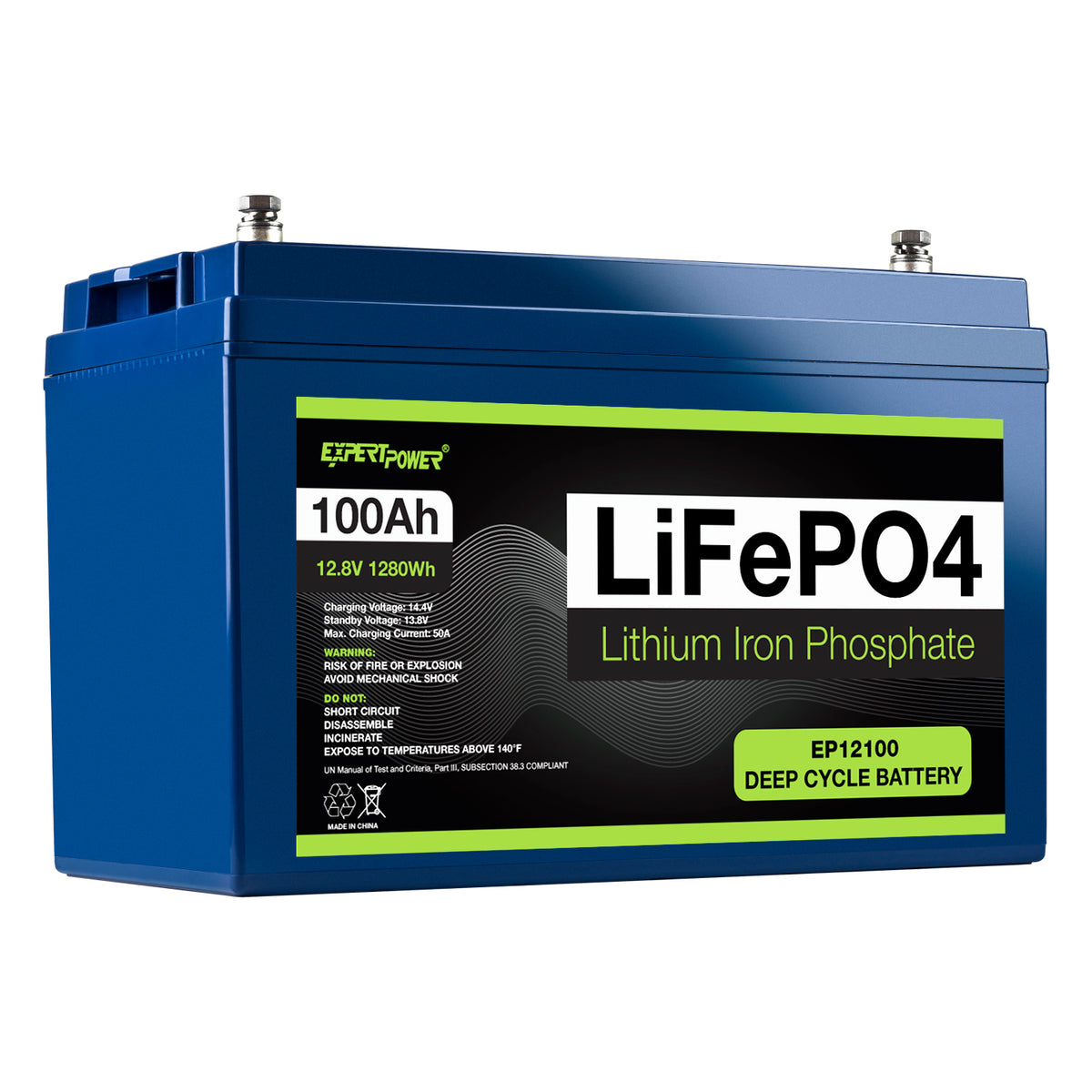frankie57pr
New Member
- Joined
- Jun 24, 2021
- Messages
- 8
I live in Puerto Rico and I want to set up a solar back-up system for when the power goes out. After Hurricane Maria we were left without power for about 80 days, so I need solar power as a back up because gasoline for my generator got very expensive. I already have the 1500 watt Aims power pure sinewave inverter and the ExpertPower 100 AH LiFePO4 12 volt battery and I ordered the EPEVER 40A MPPT Solar Charge Controller. I plan on using a 12 volt system for now because another LiFePO4 will be very expensive for me. I paid $895 for the LiFePO4, but that was because they charged me $182 dollars to ship to Puerto Rico and $73 in Taxes for my Beloved Country.
I was wondering if I can use an HIT (Panasonic) 330 watt solar panel that is rated at about 59 volts and about 5 amps to keep the battery charged?
I know there are panels that are rated at around 12 volts but I figure if I go for the panels that have a higher voltage and current, then even when it is cloudy I will get enough volts and current to keep the battery charged. Please let me know if this can be a feasible option for my location. Thanx.
I was wondering if I can use an HIT (Panasonic) 330 watt solar panel that is rated at about 59 volts and about 5 amps to keep the battery charged?
I know there are panels that are rated at around 12 volts but I figure if I go for the panels that have a higher voltage and current, then even when it is cloudy I will get enough volts and current to keep the battery charged. Please let me know if this can be a feasible option for my location. Thanx.
Last edited:






